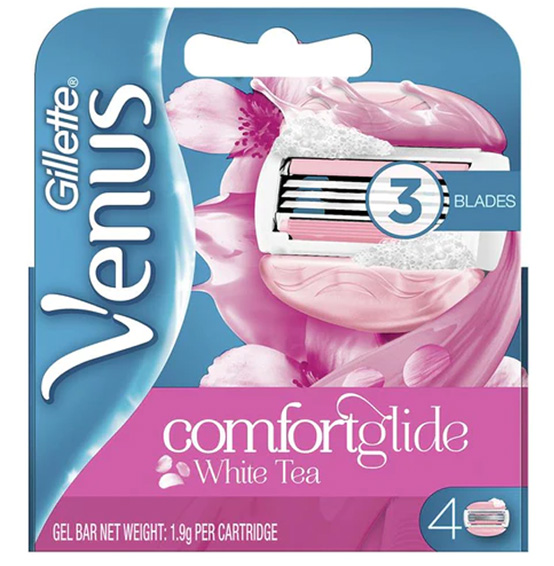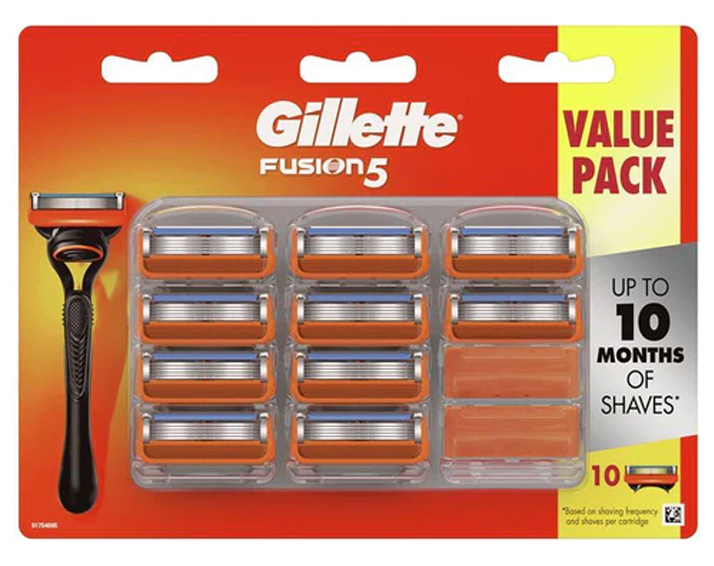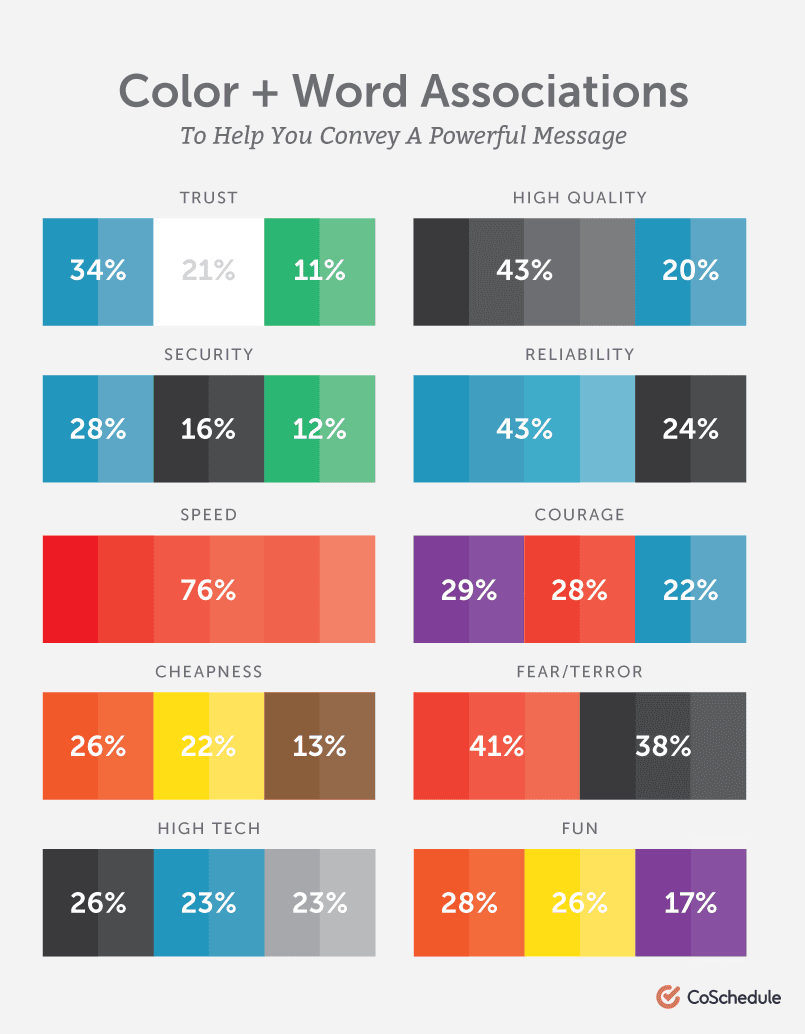Later in this course, you will be asked to design an app. In the real world, knowing who is expected to buy or use an app and what design choices will appeal to them is a part of the design process and will help you ensure your design is successfully received by the people it was intended to reach.
Frank Chimero (Author, The Shape of Design)People ignore design that ignores people.
This topic was introduced in the Animation course. It is also very much a part of graphic and web design, so we're going to take a deeper dive into the subject.
Identifying your target audience helps in developing ideas and achieving success. The 'target audience' includes who the design/project is aimed at and where and how it will be used. Knowing the intended audience and then targeting that design to appeal directly to them is one of the most critical factors for success.
In addition to targeting the expected audience, you can target the people you want to reach — to expand the audience to include people you may not have otherwise attracted. Take the Star Wars example. Initially, George Lucas said it was designed for children, but as we all know, it had a much broader appeal. He later admitted to having a much broader target audience — and we know he successfully appealed to a broader audience.
Thus, by 1976, Lucas clearly saw Star Wars as a children's film, yet he didn't say so in public. It was only in the spring of 1977, shortly before the film's release, that Lucas finally admitted publicly that his main target audience was in fact children, both young teenagers and sub-teens.
Source: It's aimed at kids - the kid in everybody: George Lucas, Star Wars and Children's Entertainment By Peter Krämer, University of East Anglia, UK, PDF
What characteristics define a member of the target audience?

The best way to define a sample person from the target audience is to determine what characteristics a member of that audience might have. The person in this photo appears male, in his twenties, interested in basketball and music. What else might we want to know about a person just like this in order to understand how to appeal to them?
You may want to create a persona to help you plan that out. A persona is a model of the target audience that you can build based on your research into their likes and dislikes so you can create a design that appeals to the persona. To help you with this, download and unzip this InDesign Persona template and keep a blank copy to reach for any time you need to define a target audience persona.
Consider what you already know about creating a persona and see if you can correctly identify the characteristics you will likely want to define so you can research what would be appealing to them. We don't need to imagine every last detail of our persona. For example, for most products, it won't matter what colour hair the persona has. What else do we need or not need to know?
We'll cover the first three of those characteristics in a bit more detail later in this topic.
To help you create a persona, it's helpful to understand how to get into their head. You may like to investigate Design Thinking, which means that you approach your design, product, or service by defining a problem that specific people identify and then designing your product or service to solve that problem directly. For creative work, that might be understanding exactly what the audience expects and then delivering.
Tools at hand
Your first tool is the people you know who represent your target audience. Engage in conversation with them. Investigate where they shop, what they eat, their favourite brands, and social media websites. Ask, ask, ask.
After that, you can use research tools to find out about their online engagement, such as:

When determining your target audience, age is an influential factor. This is not only for psychological reasons but also for accessibility, usability and user interface design.
The general four age brackets for design are:
- children
- teenagers
- adults
- seniors/elderly.
These will need to be expanded upon further research.
Why is age important when designing? Age demographics have different relationships with information, social media, and technology. Younger generations find technology second nature, whereas the elderly population have had to learn and adjust to the ever-changing world of technology, so their behaviours, preferences, and attraction differ significantly. These are all essential considerations to ensure that your product and designs are directed at the most applicable target audience.
Practising Activity - Age research
🕔 Less than an hour
Where can you find out target audience-focused research based on the age of the target? There are many resources out there. Take some time now and consider how you can find out what appeals to each target age group. Use this activity to create part of your research resources.
We currently live in a gender-fluid world; however, design stereotypes are everywhere. One of the most noticeable is the separation of designs into feminine and masculine. This influence reaches across colours, typography, images, textures and wording.
Men and women generally have different likes, dislikes, needs and thought processes. For example, few men apply makeup, and most women do not wear neckties.
Not all designs need to be gender-specific. Recently, there has been a rise in gender-neutral products. Take Aesop, for example — their product is packaged based on what it contains and who it is for. Light browns, greys, black and white are all gender-neutral colours. We use accent colours to balance the feminine and masculine connotations to accomplish a gender-neutral design.
When digitally designing, it is important to do market research and establish the target gender of the product. Is there even one? What designs appeal to the target gender?
 |
In terms of design, the types of colours that will attract a specific gender depend greatly on your product or service. Gillette shaving brand is known for creating two different marketing campaigns for their two separate lines. |  |
Colour Associations
We've connected gender and colour. Now let's take a closer look at the feelings and emotions designers need to be aware of — the emotional impact of colour. Study this chart for an overview. Feel free to save the chart (right-click, Save image as...) for later use as a resource.

A person’s occupation can tell you a lot about their behaviours, providing insight into the occupation's key demographic, key psychographics, challenges, preferred channels and preferred content types.
When digitally designing for a specific occupation, a level of research needs to be invested in identifying these behaviours.
Also, if people cannot afford your product or service, there is no point in targeting them. After all, you would not create a digital design to promote Mercedes to someone who cannot afford a vehicle.
The video below expands this concept a little further.
If some of these ideas make you cringe a bit, we understand. It may sound like we are asking you to cater to your prejudices about what certain types of people like and don't like based on their age, gender, or income status.
And we are asking you to do exactly that.
We cannot help it. We all make assumptions about each other, which can lead to confirmation bias and a belief that your assumptions are correct — even when you can't find supporting evidence from your research, or worse, find contradictory evidence. You'll need to work against that. While we encourage you to make assumptions about what you know, you'll need to confirm them before believing them.
For example, earlier in this topic, we asked you to consider who (what sort of persona) might want to buy rose-scented deodorant. We hope you assumed that women would be expected to purchase that and not men. There may be men who want to smell like roses, but in our society, currently, it's women who choose to add floral scent to their underarms in general. Doing your research would mean asking men and women if they would purchase rose-scented deodorant so you can confirm your assumption, or not. Defining a target audience is about creating assumptions, confirming them, and then designing for them.
